
Domestic gold price
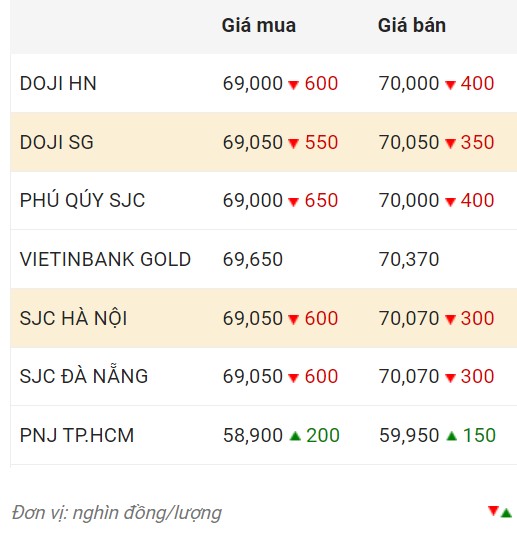
Domestic gold price developments
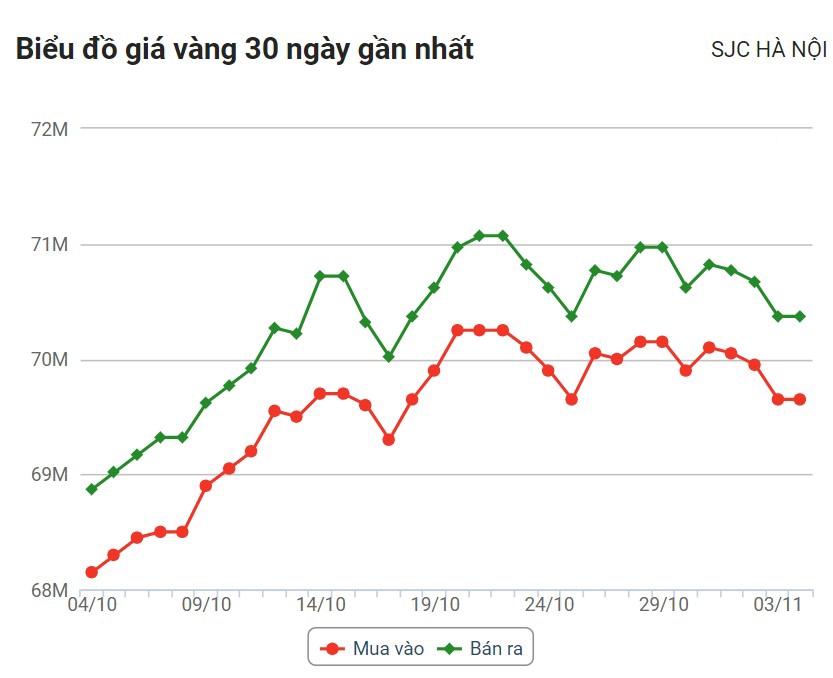
World gold price developments
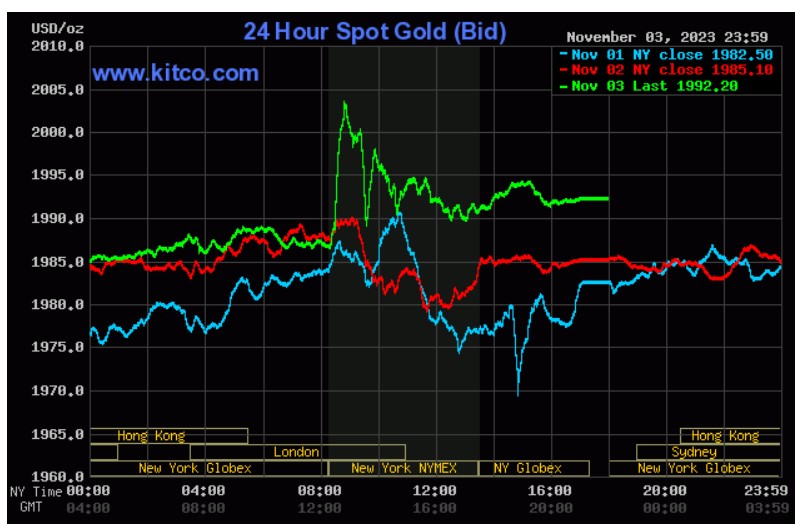
World gold prices increased slightly in the context of the USD's decline. At 5:30 p.m., the US Dollar Index, which measures the greenback's fluctuations against six major currencies, was at 104,910 points (down 1.01%).
World gold prices rose as the US labor market weakened last month, with the economy creating fewer jobs than expected. According to the US Bureau of Labor Statistics, non-farm payrolls increased by 150,000 applications last month. The monthly figure was lower than the market forecast of 178,000 applications. The report also noted that the US unemployment rate increased higher, to 3.9% in October.
Weak jobs and wage growth data will further reinforce market expectations that the US Federal Reserve is done raising interest rates, some economists say.
"The most compelling evidence for the Fed to abandon its tightening stance is that wage growth is still slowing. Hourly wages increased by just 0.2% per month and annual wages increased by only 4.1% - the lowest since mid-2021. We think the labor market will continue to weaken and the Fed will cut interest rates in the first half of next year" - Andrew Hunter (economist at Capital Economics) said on Kitco.
Gold prices typically move inversely to interest rates, as the metal does not pay fixed interest. So if the Fed does not continue to raise interest rates, gold will benefit.
Experts say gold is still receiving support from many factors. Robert Minter, Director of ETF Investment Strategy, said that the biggest factor supporting gold prices continues to be central bank demand. According to the latest data from the World Gold Council (WGC), by the end of the third quarter, central banks had bought a record 800 tons of gold.
Meanwhile, Middle East conflicts are keeping gold and silver markets in a safe haven, with gold consolidating and building a base for further gains, depending on geopolitical developments, said StoneX analyst Rhona O'Connell.
Source


![[Photo] Da Nang: Water gradually recedes, local authorities take advantage of the cleanup](https://vphoto.vietnam.vn/thumb/1200x675/vietnam/resource/IMAGE/2025/10/31/1761897188943_ndo_tr_2-jpg.webp)

![[Photo] Prime Minister Pham Minh Chinh attends the 5th National Press Awards Ceremony on preventing and combating corruption, waste and negativity](https://vphoto.vietnam.vn/thumb/1200x675/vietnam/resource/IMAGE/2025/10/31/1761881588160_dsc-8359-jpg.webp)











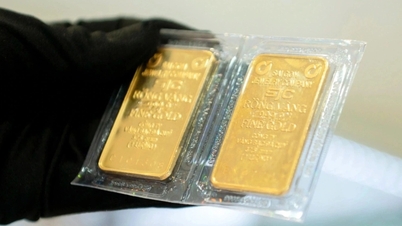



















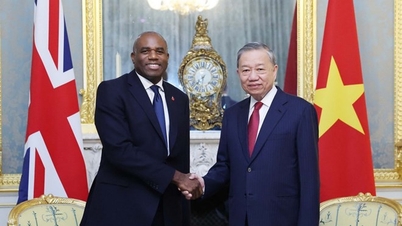


















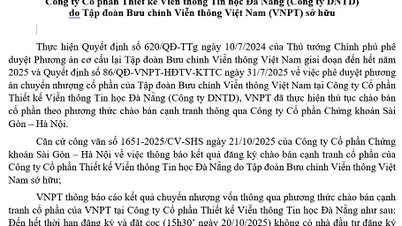

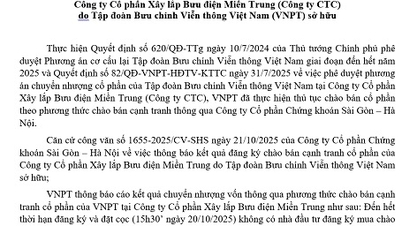
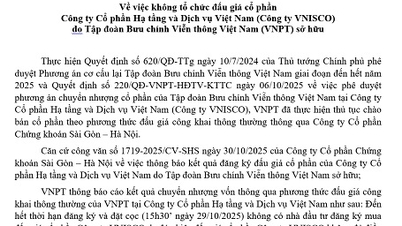
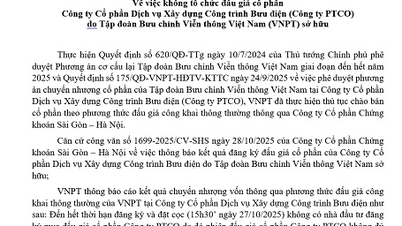
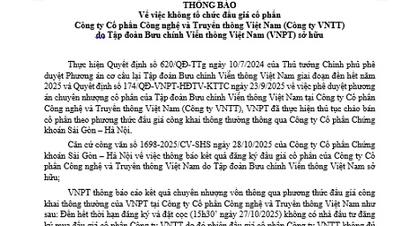
















































Comment (0)